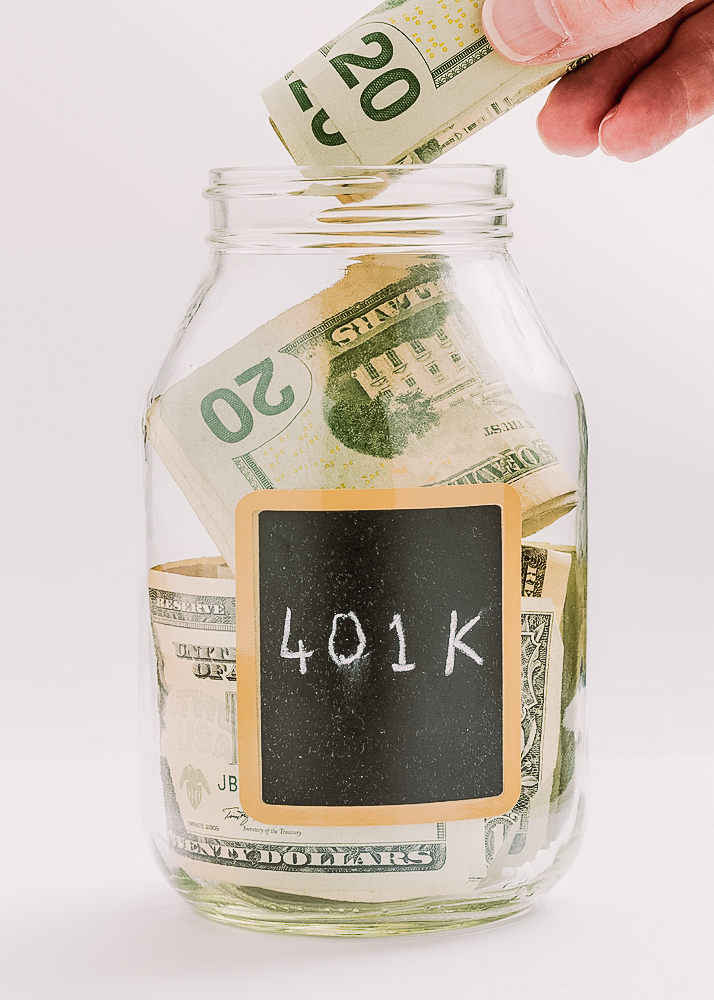What Is the Super Catch-Up Contribution?
A Retirement Savings Boost for Ages 60–63
If you’re between the ages of 60 and 63, a special savings opportunity is coming your way thanks to recent retirement law changes. It’s called the “super catch-up contribution”—a new rule designed to help pre-retirees sock away more money during their final working years.
Where Did the Super Catch Up Come From?
This provision was created under the SECURE 2.0 Act, which was signed into law in December 2022. The Act made several changes to retirement plans—including another catch-up limit for workers aged 60-63, starting in 2025.
What Is the Super Catch-Up Contribution?
Starting in 2025, employees aged 60, 61, 62, or 63 will be allowed to contribute even more to their 401(k) or similar retirement plan—above and beyond the regular catch-up limit.
Super Catch-Up Contribution Rules:
- Applies only to 401(k), 403(b), and governmental 457(b) plans
- For participants ages 60 to 63
- The limit is the greater of:
- $10,000, or
- 150% of the standard catch-up limit for that year
- The amount will be indexed for inflation after 2025
This is in addition to the regular deferral limit, 50+ catch up, and any employer matching contributions.
How It Compares: IRS Contribution Limits for 2025
| Age | Standard Limit | Regular Catch-Up (50+) | Super Catch-Up (60–63) |
| Under 50 | $23,500 | N/A | N/A |
| 50–59 | $23,500 + $7,500 | = $31,000 total | N/A |
| 60–63 | $23,500 + $7,500 + $3,750 | = $34,750 total | ✅ Yes |
| 64+ | $23,500 + $7,500 | = $31,000 total | N/A |
⚠️ Important Roth Requirement
Here’s a twist: Starting in 2026, if you earn more than $145,000 (indexed), all catch-up contributions, including this super catch-up, must be made to a Roth account (after-tax).
This means:
- You’ll pay taxes on the contributions now
- But your earnings will grow tax-deferred
- And qualified withdrawals in retirement will be tax-free*
This rule is meant to increase Roth usage, but it could have tax implications for high earners, so it’s worth planning ahead.
*Tax-free withdrawals from a Roth account are generally available if the account has been held for at least five years and the account holder has reached age 59½, whichever occurs later. Additional conditions may apply. Consult a qualified tax professional for guidance specific to your situation.
Why the Super Catch-Up Contribution Matters
For many workers, ages 60–63 are prime saving years.
The super catch-up provides:
- A short window to turbocharge retirement savings
- A chance to close the gap if you started saving late
- Potential for more tax-free growth (if Roth)
The super catch-up contribution is a powerful new tool for retirement readiness.
But like any retirement strategy, it works best when it’s part of a broader plan, especially when Roth rules and tax thresholds are involved.
Ask your plan administrator how to maximize your 401k contributions through the super catch up.







